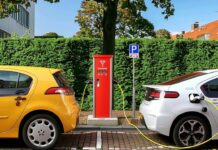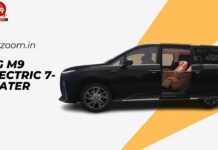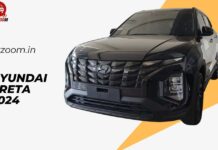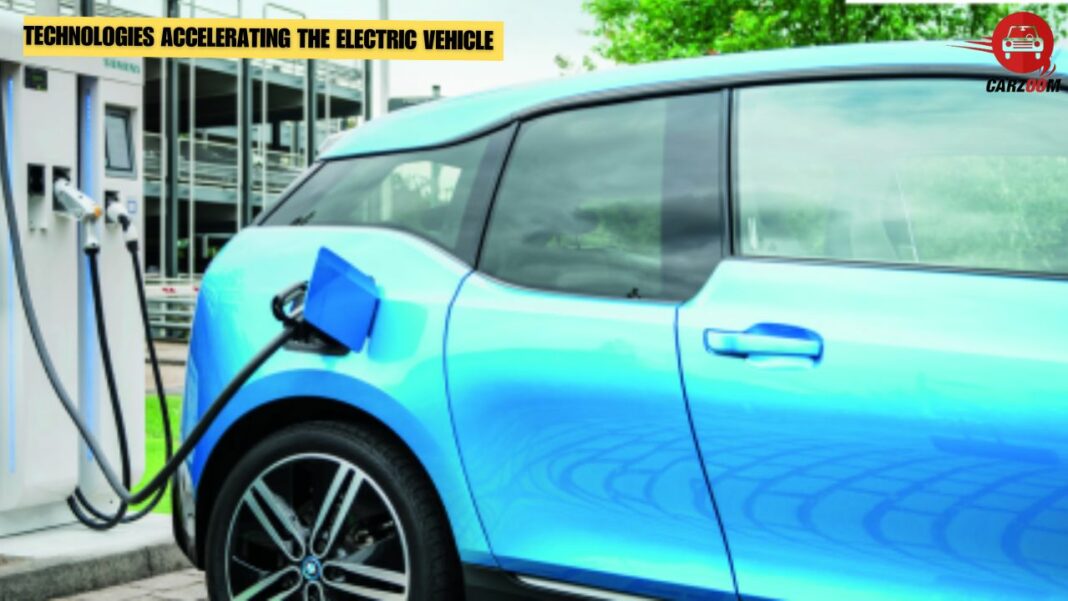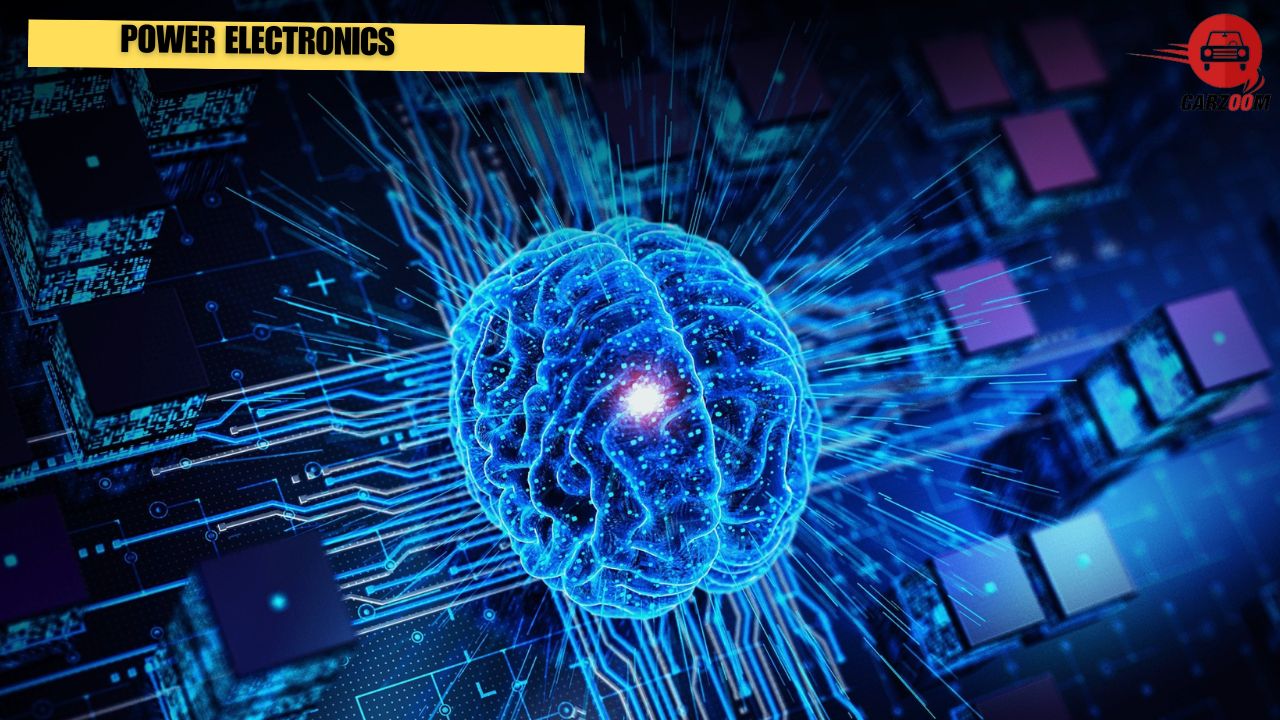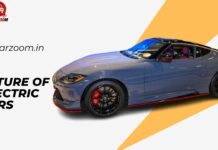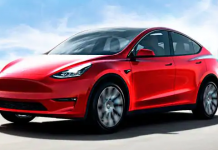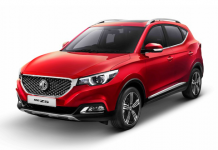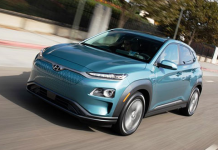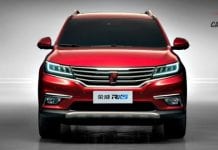10 Cutting-Edge Technologies Accelerating the Electric Vehicle Revolution
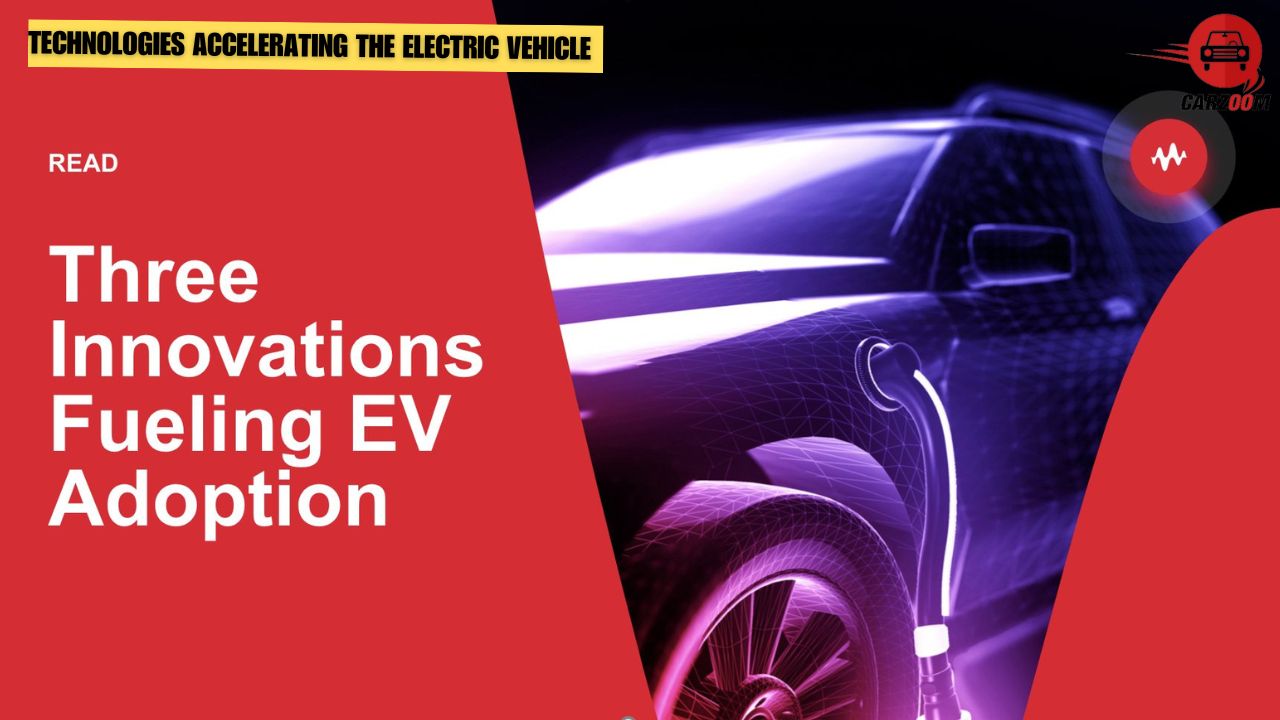 Are you curious about the game-changing innovations driving the rapid rise of electric vehicles (EVs)? Get ready to delve into the world of cutting-edge technologies that are propelling the electric vehicle revolution forward at lightning speed.
Are you curious about the game-changing innovations driving the rapid rise of electric vehicles (EVs)? Get ready to delve into the world of cutting-edge technologies that are propelling the electric vehicle revolution forward at lightning speed.
From advanced driver assistance systems to groundbreaking solid-state batteries, these innovations are not only reshaping the automotive industry but also paving the way for a more sustainable future of transportation.
Join us as we explore the top 10 technologies that are accelerating the electrification of vehicles and revolutionizing how we move from point A to point B.
Composite Materials: Lighter, Stronger, Greener
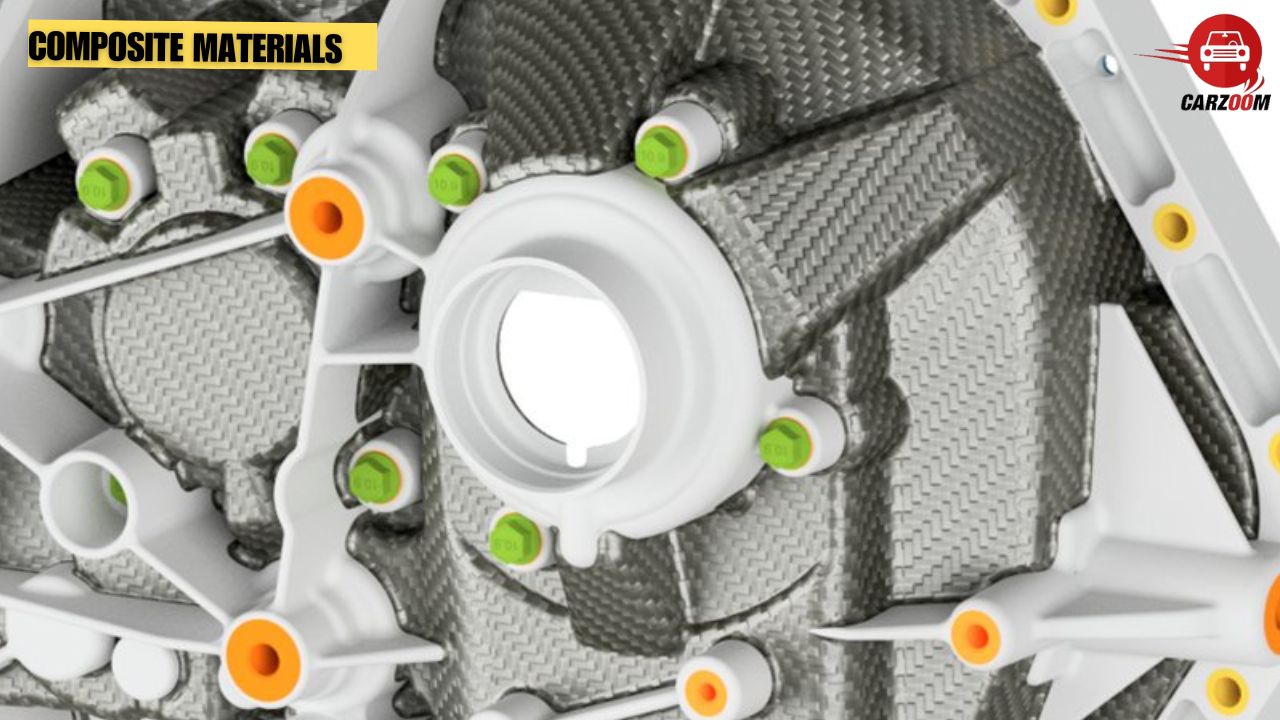 Composite materials represent a significant advancement in automotive technology, offering vehicles that are lighter, stronger, and more environmentally friendly. By leveraging materials such as sheet-molded carbon, companies like AEHRA are not only reducing vehicle weight but also enhancing sustainability.
Composite materials represent a significant advancement in automotive technology, offering vehicles that are lighter, stronger, and more environmentally friendly. By leveraging materials such as sheet-molded carbon, companies like AEHRA are not only reducing vehicle weight but also enhancing sustainability.
These composite materials are infinitely recyclable, aligning with the industry’s push towards eco-friendly practices. By exploring the benefits of composite materials, we delve into how they contribute to the overall evolution of automotive design and manufacturing, paving the way for a greener and more efficient future in transportation.
Advanced Driver Assistance Systems (ADAS): Pioneering Safety and Autonomy
 Advanced Driver Assistance Systems (ADAS) are like smart helpers for drivers. They use clever technology to make driving safer and easier. Imagine having a virtual co-pilot in your car, helping you navigate tricky situations on the road.
Advanced Driver Assistance Systems (ADAS) are like smart helpers for drivers. They use clever technology to make driving safer and easier. Imagine having a virtual co-pilot in your car, helping you navigate tricky situations on the road.
These systems come in different forms, like sensors and cameras, which keep an eye on what’s happening around your car. They can warn you if you’re getting too close to another vehicle or if there’s an obstacle in your way. Some ADAS can even take action to prevent accidents, like applying the brakes if they sense a potential collision.
But ADAS isn’t just about safety—it’s also about making driving more comfortable. They can help you stay in your lane, keep a safe distance from other cars, and even assist with parking.
Overall, ADAS is like having an extra set of eyes and hands in your car, making driving safer and giving you more peace of mind on the road.
Vehicle-to-Grid (V2G) Integration: Empowering EV Owners and Grid Stability
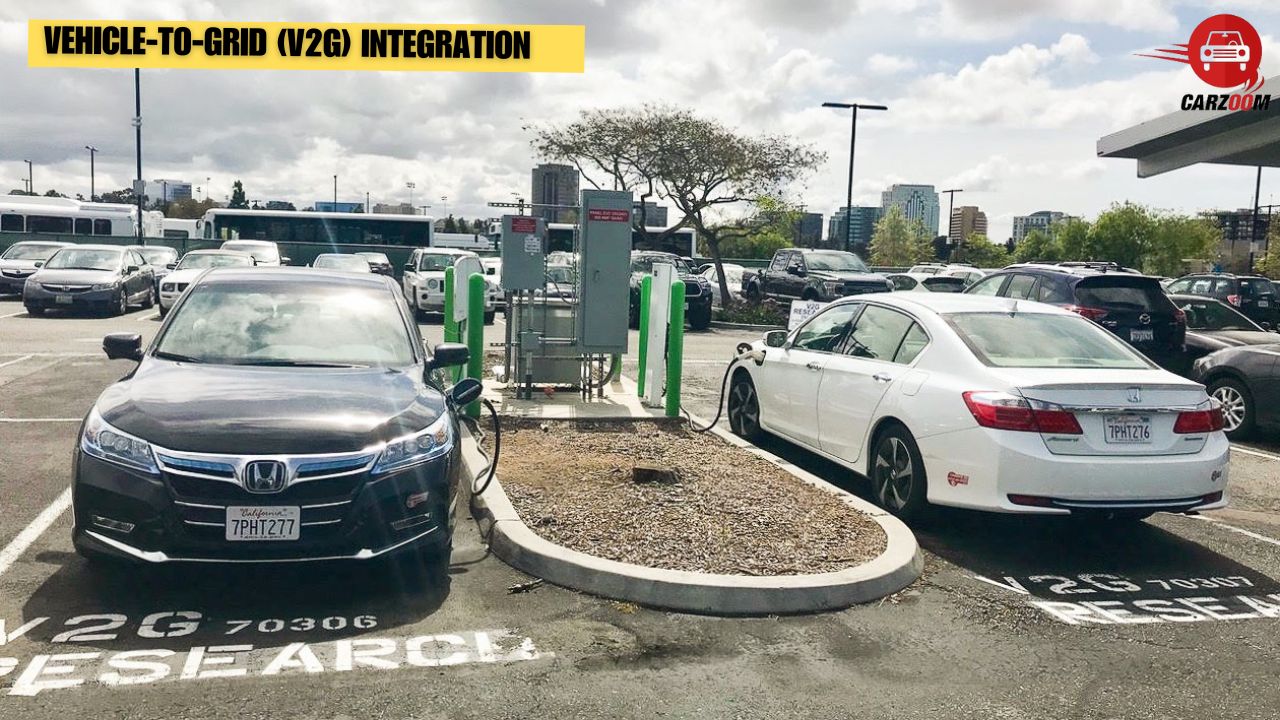 Vehicle-to-Grid (V2G) integration is a fancy term for a clever idea: using electric vehicles (EVs) to not only drive but also to help power our homes and stabilize the electricity grid.
Vehicle-to-Grid (V2G) integration is a fancy term for a clever idea: using electric vehicles (EVs) to not only drive but also to help power our homes and stabilize the electricity grid.
Here’s how it works: when your EV is parked and plugged in, it’s not just sitting idle. Instead, it can act as a mobile battery, storing excess electricity and sending it back to the grid when needed. This helps balance out the supply and demand of electricity, making the grid more stable and reliable.
But V2G doesn’t just benefit the grid—it also benefits EV owners. By participating in V2G programs, EV owners can earn money by selling electricity back to the grid when prices are high or when there’s a demand for more power. This can help offset the cost of owning and charging an EV, making it even more affordable and attractive.
So, V2G integration is a win-win situation: it empowers EV owners to be active participants in the energy ecosystem while also contributing to a more stable and sustainable electricity grid for everyone.
Public Charging Infrastructure: Building the Backbone of the EV Network
 Public charging infrastructure is like the fuel stations for electric vehicles (EVs). Just like you need gas stations for traditional cars, EVs need charging stations to power up.
Public charging infrastructure is like the fuel stations for electric vehicles (EVs). Just like you need gas stations for traditional cars, EVs need charging stations to power up.
These charging stations are strategically placed in public places like parking lots, shopping centers, and along highways. They come in different types, from slow chargers that take a few hours to fast chargers that can juice up your EV in just minutes.
Having a robust network of charging stations is crucial for EV adoption. It gives EV owners the confidence to take longer trips without worrying about running out of power. Plus, it helps address the issue of “range anxiety,” where people are concerned about not being able to find a charging station when they need one.
By building a reliable infrastructure of charging stations, we’re laying the foundation for a future where EVs are a practical and convenient choice for everyone.
Digital Infotainment Systems: Connectivity Redefined
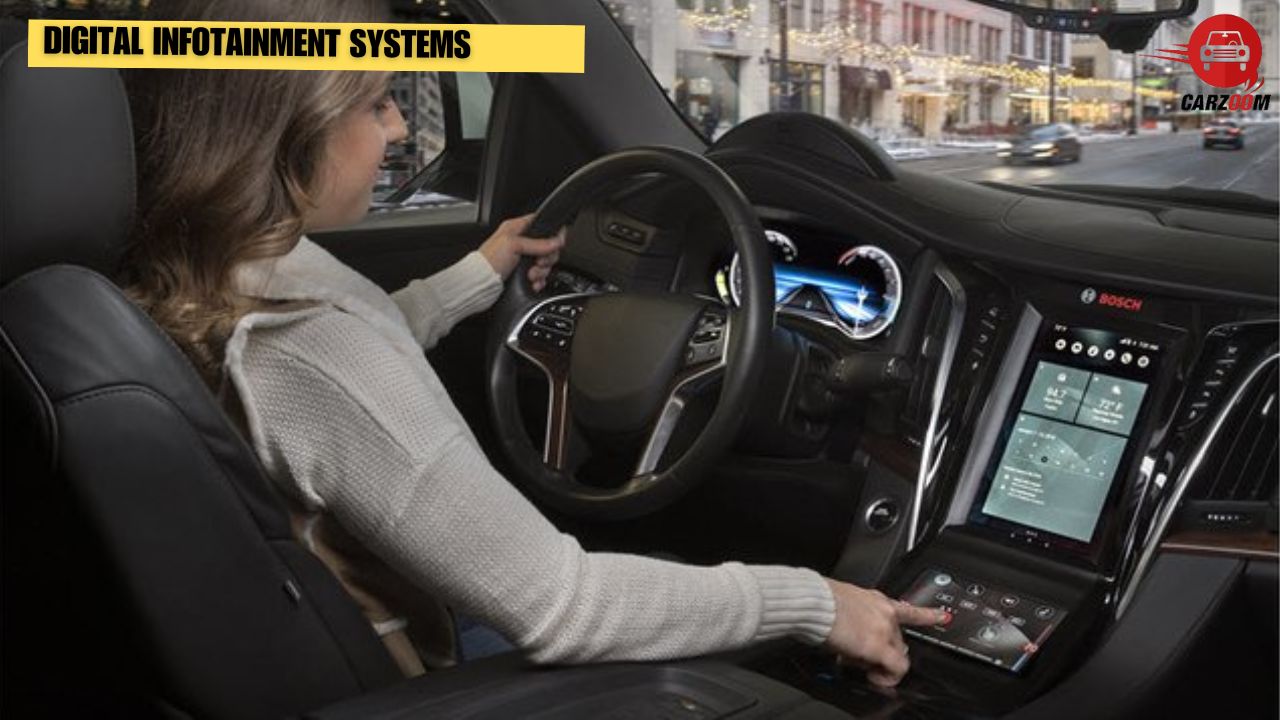 Digital infotainment systems are like the entertainment hub of your car, but they do much more than just play music or show movies. They’re like your car’s own personal computer, keeping you connected and entertained while you’re on the road.
Digital infotainment systems are like the entertainment hub of your car, but they do much more than just play music or show movies. They’re like your car’s own personal computer, keeping you connected and entertained while you’re on the road.
These systems come with touchscreens or voice controls, allowing you to access a wide range of features and services. You can listen to your favorite music, get directions from GPS navigation, make hands-free calls, and even access apps like weather updates or restaurant recommendations.
But digital infotainment systems go beyond entertainment—they also enhance safety by reducing distractions. With features like voice commands and integration with your smartphone, you can keep your eyes on the road while still staying connected.
Power Electronics: The Nerve Center of Electric Vehicles
Power electronics are like the brain and nervous system of an electric vehicle (EV). They’re responsible for controlling the flow of electricity between the battery, motor, and other components, ensuring everything works smoothly and efficiently.
These electronics consist of various components like inverters, converters, and controllers, which regulate voltage, current, and frequency to power the EV’s motor and other systems.
Unlike traditional internal combustion engine (ICE) vehicles, which rely on mechanical components, EVs depend on electronic switches for instant communication and precise control. This allows for faster acceleration, smoother performance, and improved energy efficiency.
Battery Management Systems (BMS): Optimizing Efficiency Across Climates
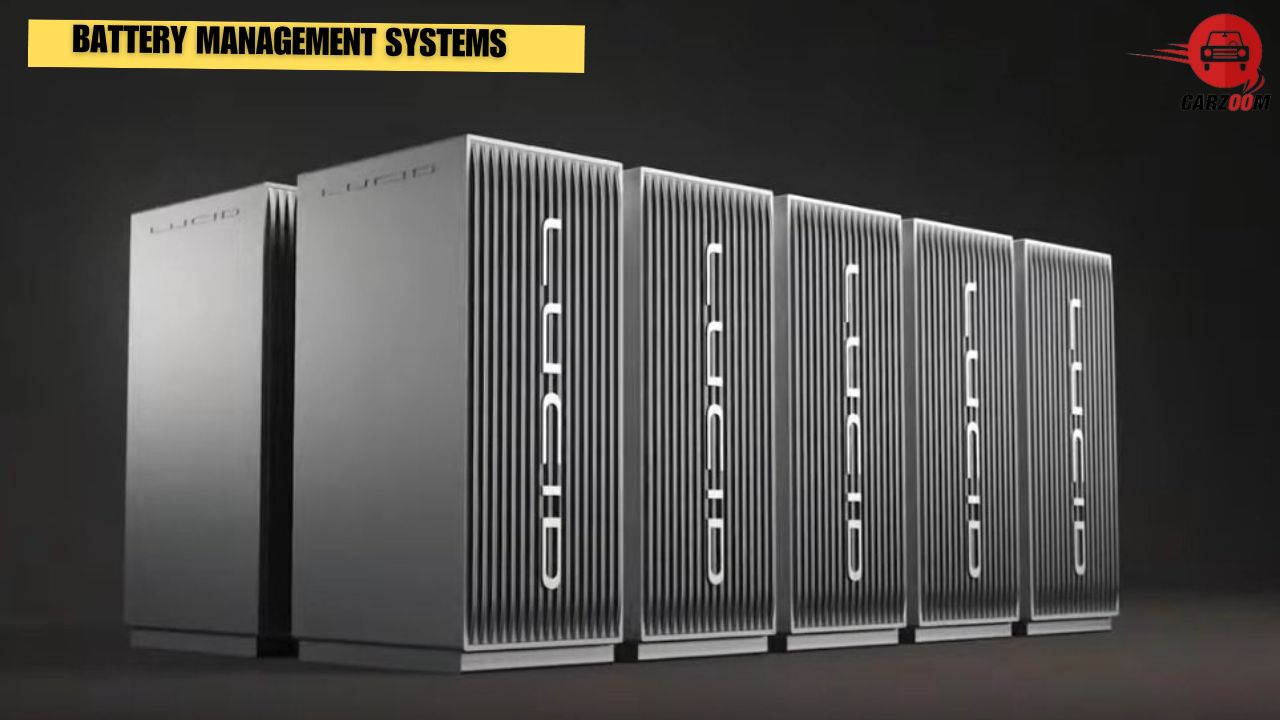 Battery Management Systems (BMS) are like the guardians of an electric vehicle’s (EV) battery, ensuring it operates at its best in all conditions. Think of it as a smart supervisor that monitors and manages the battery’s health, performance, and safety.
Battery Management Systems (BMS) are like the guardians of an electric vehicle’s (EV) battery, ensuring it operates at its best in all conditions. Think of it as a smart supervisor that monitors and manages the battery’s health, performance, and safety.
One of the crucial tasks of a BMS is thermal management, which helps regulate the temperature of the battery. This is especially important because extreme temperatures can affect the efficiency and lifespan of the battery. By keeping the battery within the optimal temperature range, the BMS helps maximize energy efficiency and prolong the battery’s lifespan, regardless of whether it’s cold or scorching hot outside.
Additionally, the BMS monitors the state of charge (SOC) and state of health (SOH) of the battery, ensuring it delivers consistent and reliable performance over time. It also protects the battery from overcharging, over-discharging, and other potentially harmful conditions, further optimizing efficiency and safety.
Electric Motors: The Heart of Every EV
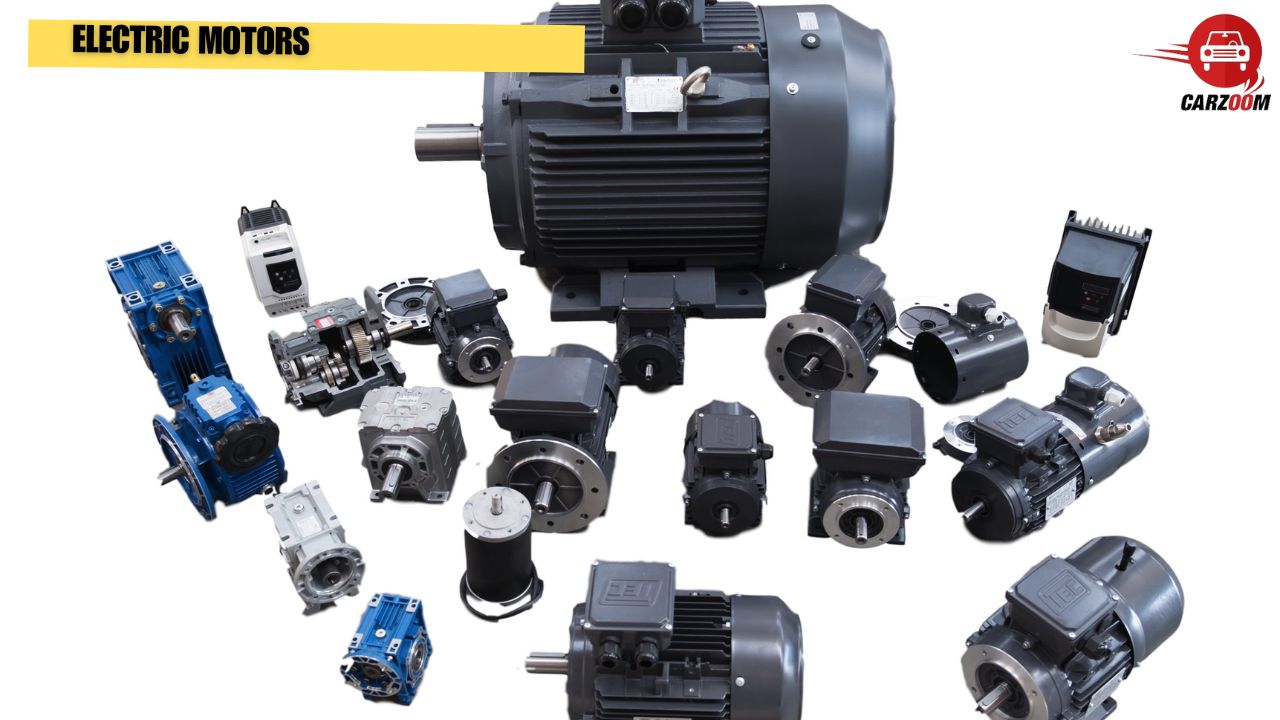 Electric motors are like the beating heart of an electric vehicle (EV), powering its movement with clean and efficient electric energy. Unlike traditional internal combustion engines (ICE), which rely on burning fuel to generate power, electric motors use electricity to produce motion, resulting in quieter, smoother, and emissions-free operation.
Electric motors are like the beating heart of an electric vehicle (EV), powering its movement with clean and efficient electric energy. Unlike traditional internal combustion engines (ICE), which rely on burning fuel to generate power, electric motors use electricity to produce motion, resulting in quieter, smoother, and emissions-free operation.
One of the key advantages of electric motors is their simplicity and reliability. With fewer moving parts compared to ICE engines, electric motors require less maintenance and are less prone to breakdowns, saving drivers time and money in the long run.
Moreover, electric motors offer instant torque and smooth acceleration, providing drivers with a responsive and exhilarating driving experience. This instantaneous power delivery makes EVs not only efficient but also fun to drive, whether you’re cruising through city streets or accelerating onto the highway.
Regenerative Braking: Enhancing Efficiency and Driving Experience
Regenerative braking is like a clever energy-saving trick that helps electric vehicles (EVs) go the extra mile. It’s a technology that captures and stores energy normally lost during braking and deceleration, then uses that energy to recharge the EV’s battery.
Here’s how it works: when you step on the brake pedal, instead of just using friction to slow down the car like in traditional vehicles, regenerative braking converts the kinetic energy of the moving vehicle into electrical energy. This energy is then sent back to the battery, effectively “recharging” it while you’re slowing down.
Not only does regenerative braking help extend the range of an EV by recapturing energy that would otherwise be lost, but it also reduces wear and tear on the brake pads, resulting in less maintenance and longer-lasting brakes.
But perhaps the best part about regenerative braking is how it enhances the driving experience. With regenerative braking, you can often drive using just one pedal—the accelerator—since lifting your foot off the pedal automatically slows down the car, putting more control in the driver’s hands and making driving smoother and more intuitive.
Solid-State Batteries: Powering the Future of EVs
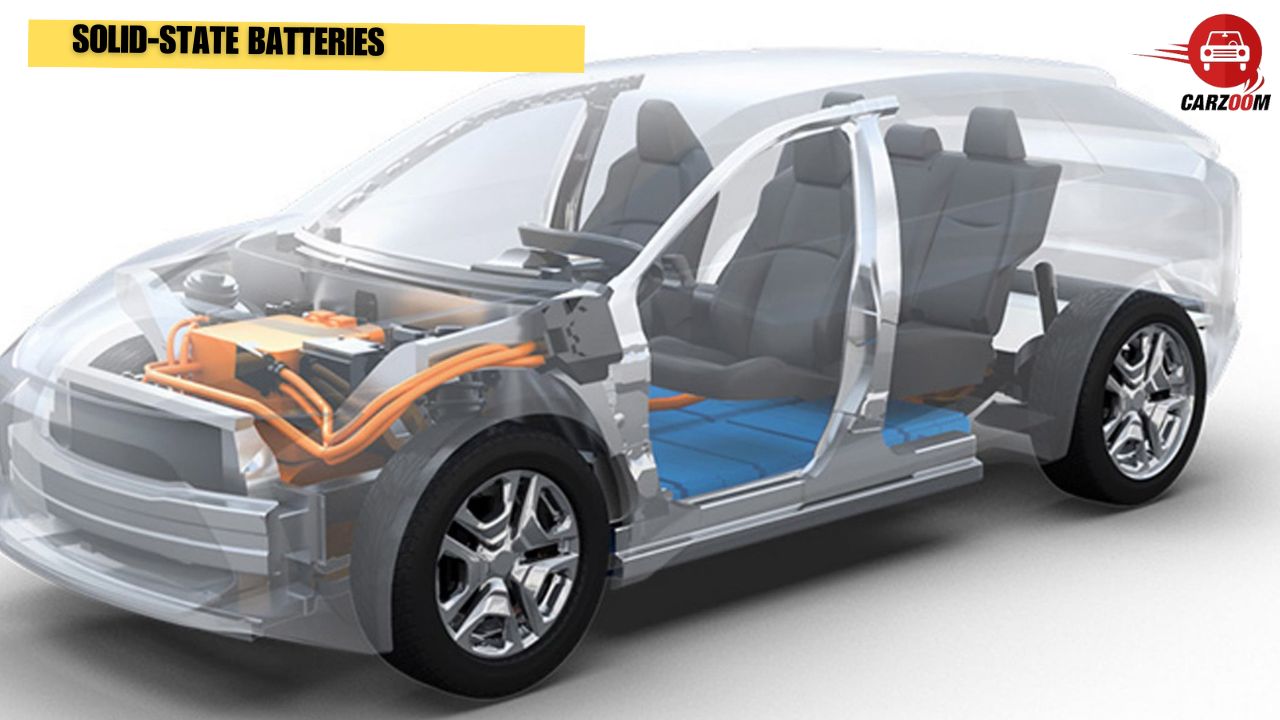 Solid-state batteries represent a revolutionary leap in battery technology and hold the key to unlocking the full potential of electric vehicles (EVs). Unlike traditional lithium-ion batteries, which use liquid electrolytes, solid-state batteries use solid electrolytes, offering several significant advantages.
Solid-state batteries represent a revolutionary leap in battery technology and hold the key to unlocking the full potential of electric vehicles (EVs). Unlike traditional lithium-ion batteries, which use liquid electrolytes, solid-state batteries use solid electrolytes, offering several significant advantages.
One of the most notable advantages of solid-state batteries is their higher energy density, which means they can store more energy in a smaller and lighter package. This results in longer driving ranges for EVs and enables the development of sleeker and more aerodynamic vehicle designs.
Additionally, solid-state batteries are safer and more stable than lithium-ion batteries, as they are less prone to overheating and thermal runaway. This improved safety profile gives EV owners greater peace of mind and reduces the risk of battery-related accidents.
Moreover, solid-state batteries have faster charging capabilities, allowing EVs to recharge in a fraction of the time compared to traditional batteries. This makes EVs even more convenient and practical for everyday use, as drivers can spend less time waiting for their vehicles to charge and more time on the road.
Conclusion: The Future of Sustainable Mobility
The shift towards electric vehicles (EVs) represents a pivotal moment in the history of transportation, marking a transition towards cleaner, greener, and more sustainable mobility solutions. With advancements in technology and innovation, EVs are becoming increasingly practical, affordable, and accessible to consumers worldwide.
From composite materials and advanced driver assistance systems to vehicle-to-grid integration and public charging infrastructure, a myriad of technologies are driving the adoption of EVs and reshaping the automotive industry.
Furthermore, as we look ahead, solid-state batteries hold the promise of further revolutionizing EVs, offering higher energy density, faster charging times, and improved safety.
Ultimately, the future of sustainable mobility lies in the continued development and adoption of electric vehicles, coupled with investments in renewable energy sources and infrastructure. By embracing EVs and other clean transportation solutions, we can reduce emissions, combat climate change, and create a healthier and more sustainable planet for future generations.
How much did you like Our detailed 10 Cutting-Edge Technologies Accelerating the Electric Vehicle Revolution”? Review Also, please share these Blogs with your friends on social media.
Recommended
- Top 6 Affordable 7-Seater Cars
- Maruti Invicto vs Toyota Fortuner
- Toyota Calya
- Top 3 Toyota CNG Cars
- Future of Electric Cars
- Your New Car’s



